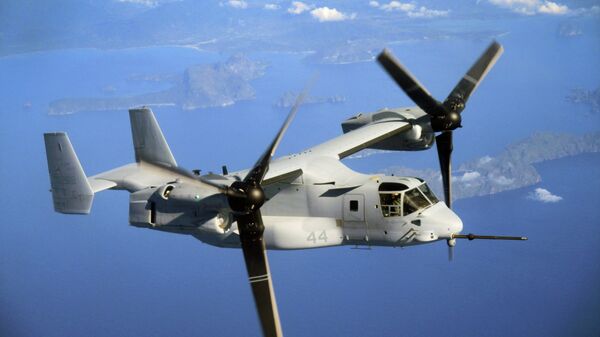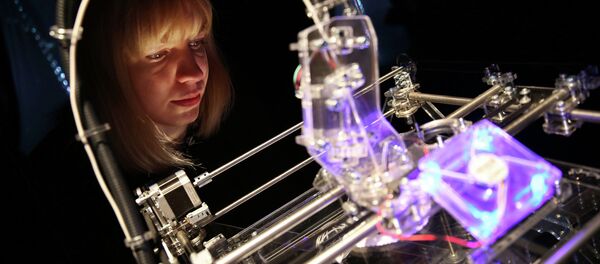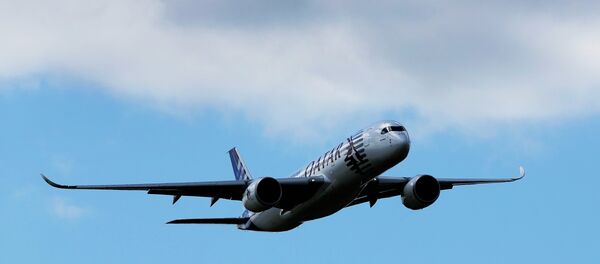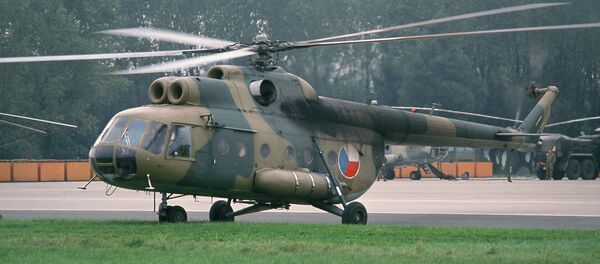Naval Air Systems Command officials announced earlier this month that they plan to print roll out parts for the new CH-53K King, H-1, MV-22B Osprey, and light/attack Helicopters, including the AH-1Z Viper, as well as the Stallion, which is still in the early phases of production.
"The safety-critical [additive manufacturing] parts fielded on these platforms will allow NAVAIR to develop the processes and digital data standards needed to extend [additive manufacturing] to other classes of parts and components," reads a statement, released through a Naval Aviation Vision roadmap.
The parts were produced at the Naval Air Warfare Center Aircraft Division (NAWCAD) in Lakehurst, New Jersey, and the Penn State Applied Research Lab. 3D printing has been used at NAWCAD before to recreate a wrench that enabled them to change the oil on H-60 Seahawk helicopters without removing its transmission.
As a result, technicians were spared 80 hours in labor per oil change.
NAVAIR technicians in Jacksonville, Florida used this technology in June of 2014 to repair a harrier that had damaged its nose cone while landing on the USS Bataan.
Each of the three aircraft platforms will have two metal parts printed, according to Navy Aviation Enterprise Marcia Hart. The CH-53K will have its titanium clevis latch and lug latch printed, while the MV-22 Osprey will have its titanium engine nacelle link and stainless steel lever for the fire extinguishing system available for print. H-1 helicopters will have the same option for their stainless steel upper uni-ball suppressor support and engine mount apex fitting.
"As we develop our standards and understand how to ensure quality using [additive manufacturing] processes, we want to work with industry to enable them to make these parts," Hart said. "We need to develop a broad industry base that understands how to make [the parts] safely."
She also said that parts for the CH-53E Super Stallions and AV-8B Harriers will be printed in a second set of demonstrations.
An online brochure for the Navy Seals describes the virtues of 3D printing.
"(Additive manufacturing) has the capability to bring parts to the warfighter more quickly and cost effectively. By printing parts on nearby military installations (or eventually shipboard), inventory can be reduced and shipping costs can be nearly eliminated for many items. Within days or hours of identifying a needed part, a model can be designed and uploaded to a database for printing, allowing for a more rapid response to the warfighters’ needs," it reads.
"When advanced manufacturing and 3D printing becomes widely available, we envision a global network of advanced fabrication shops supported by Sailors with the skill sets and training to identify problems and build and make products," Vice Admiral Phill Cullon said during a 2014 address to the Combat Direction Service Activity (CDSA) unit.
"In some ways, Sailors with this expertise could be considered ‘military MacGyvers’ that help us reduce costs and solve logistics problems on the fly."







